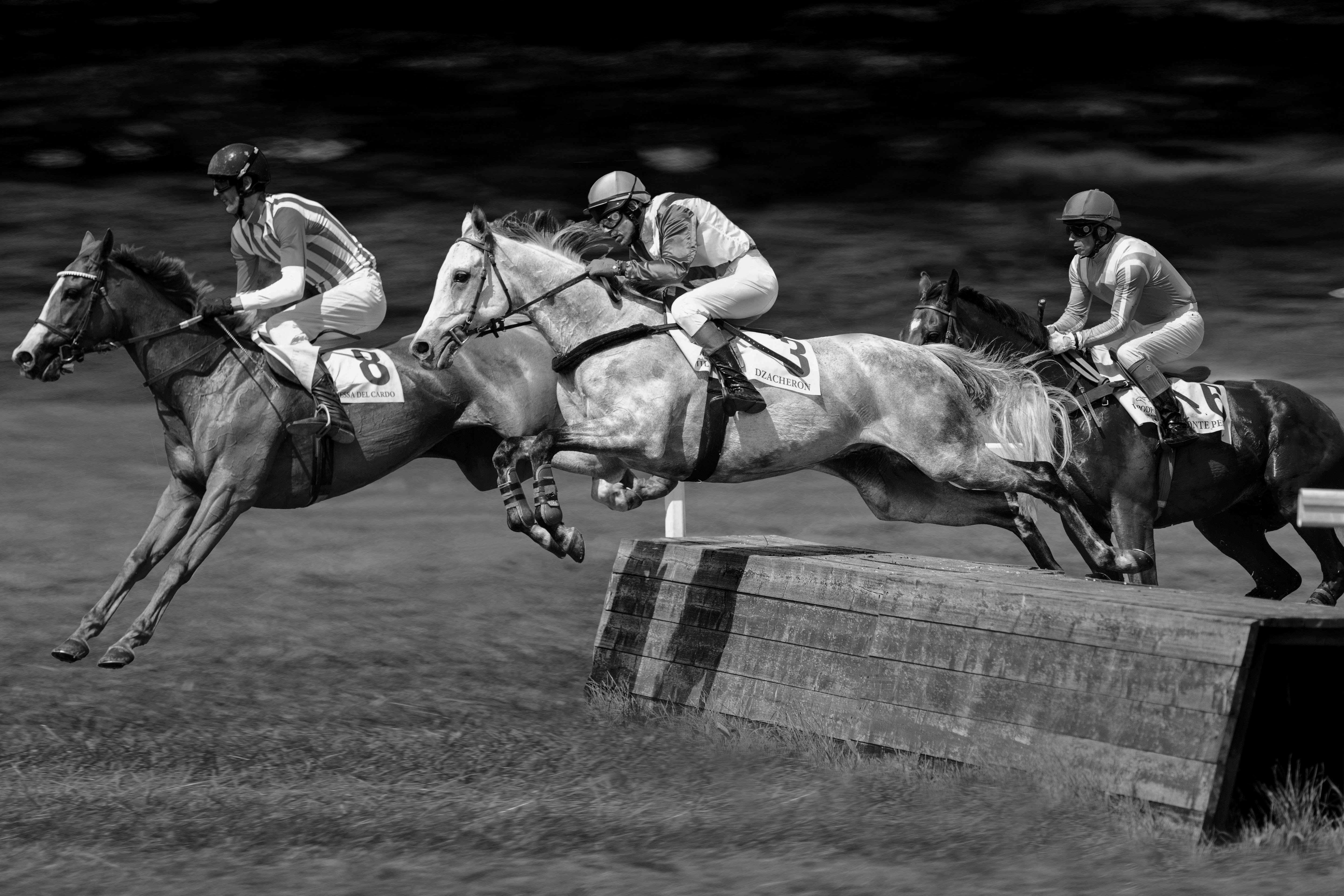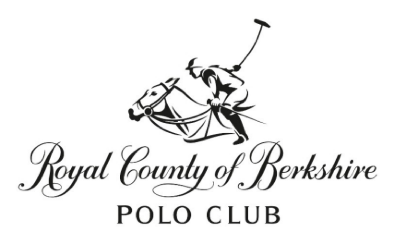
This article was co-written by Emma Dixon and Sarah Stephens.
In the recent High Court decision of Mr Justice Mellor in Lifestyle Equities CV & Anor v Royal County of Berkshire Polo Club Ltd & Ors, the Royal County of Berkshire Polo Club (“RBPC”) successfully defended various claims brought against it by the owners of the Beverley Hills Polo Club brand (“BHPC”), including trade mark infringement claims under sections 10(2) and (3) of the Trade Marks Act 1994 (“TMA”) and a claim for passing off.
The claimants, BHPC, alleged trade mark infringement by the defendants, RBPC, in the UK, EU, Chile, Panama, Peru, Mexico and the UAE. However, the parties agreed that all allegations of trade mark infringement would be determined by the application of EU/UK law.
The principal claims were based on the claimants’ assertion that the defendants’ RBPC mark (as used on clothing) is confusingly similar to the BHPC sign:


The key issues addressed by the judge were: (a) is there is a likelihood of confusion between the BHPC mark and the RBPC sign? and (b) how far does the scope of protection afforded to a registered trade mark extend in light of a crowded market?
In relation to the second point, polo themed clothing goods is a particularly crowded market, with a number of brands competing side-by-side (particularly so in South America). It is also worth noting that both parties have co-existence agreements with Ralph Lauren (who own the Polo Ralph Lauren brand), which permit the mark and sign.
Mr Justice Mellor says neigh
The claimants’ trade mark infringement and passing off claims were dismissed by Mr Justice Mellor.
In reaching his decision, he assessed the degree of visual similarity between the mark and the sign as being low to medium (noting that, in the relevant market, visual impression is the most important). He found that the contributors to visual similarity between the mark and the sign are that both feature POLO CLUB in capitals at the foot and both feature a horse and rider logo. However, he found that the names are different, the overall shape is different, and there are some obvious differences in the horse and rider motifs.
Mr Justice Mellor went on to consider the likelihood of confusion and found that:
- While the claimant had submitted some examples of what it considered to be evidence of confusion, this evidence was unsubstantial and unpersuasive – he said that if there were confusion between the brands then he would have expected a much more substantial body of incidents to have been reported and recorded.
- The BHPC brand only has a reputation for certain specific goods in some markets and was not, as the claimants had submitted, a successful global brand. He was particularly critical of the claimants’ evidence on the BHPC’s brand’s reputation. He found their key witness to have ‘significantly exaggerated the position’ and had given ‘misleading’ evidence on reputation.
- The degree of attention of the average consumer in the relevant ‘mass-tige’ sector is likely to be medium if not slightly higher because the goods are fairly expensive to the average consumer.
- The average consumer would be able to distinguish between the mark and the sign in light of recognition in the place names contained in marks. Beverly Hills is a well-known area of LA, and the average consumer, even if they didn’t know where Berkshire is, would recognise it as being in the UK, and not linked to Beverly Hills. In addition, the Royal element would increase association with the UK and the royal family.
As to RBPC’s argument that the crowded market mitigates against infringement:
- Mr Justice Mellor rejected BHPC’s argument that the crowded marked and the various co-existence agreements referred to in evidence were irrelevant to the assessment of likelihood of confusion.
- He accepted RBPC’s argument that the horse and rider motif had become generic in some territories as a reference to the sport of polo in general and not to a specific brand. He found that polo is a recognisable sport to the average consumer, regardless of whether the average consumer actively plays polo, and so the horse and rider motif: “adds nothing to the distinctiveness of the logo save to make clear that there is a generic link to polo and to sport”.
- Therefore, the prevalence of polo brands in the market means that consumers cannot rely on the horse and rider motif as indicating origin. This was particularly so in South America where lots of brands co-exist and where consumers have learnt that the presence of a horse and rider motif is generic for such brands such that they must rely on other aspects of the branding and in particular the name as indicating origin.
Overall, Mr Justice Mellor concluded that there is no likelihood of confusion and so no infringement under s10(2) TMA. In addition, he held that the average consumer would not make a link between mark and the sign and, even if they did, there is no form of injury. Therefore, he found no infringement under s10(3) TMA. The claim for passing off also failed.
Multiple issues with BHPC’s evidence
Of particular note in this judgment is Mr Justice’s Mellor’s heavy criticism of the claimants (and their legal team)’s approach to witness evidence and the trial bundle.
One such issue was marginal annotations that had been made to the claimants’ key witness statement, cross-referring to certain documents – which, he presumed, had been inserted by someone at the claimants’ solicitors but which had been done without any consultation or discussion with the witness. This only became clear when the witness was cross-examined and it was discovered that he had not selected any of the documents. Mr Justice Mellor stated that:
“it was entirely inappropriate for these marginal annotations to be inserted in this way. The Cs’ legal team would have known that, with the annotated witness statement being put in the trial bundle, Mr Haddad would be asked in his evidence in chief whether the contents of his (annotated) witness statement were true and that he would be expected to and would say yes. Their insertion and presence gave rise to a very substantial risk of the Court being misled as to the evidence which Mr Haddad was giving. The fact that the Court was not misled because Mr Silverleaf exposed this in cross-examination provides no excuse.”
In respect of the trial bundle, it comprised 10 volumes and 177 electronic tabs, each tab seemingly containing a single document, and overall, there were 2927 pages. The judge concluded that the claimants’ solicitors had simply put all of the claimants’ disclosure into the trial bundles and that this was not an appropriate way to proceed. He noted that the defendant’s counsel “gave some examples which, it seemed to me, fully justified why the Ds had refused to agree it as a trial bundle”.
Infringement claims in multiple jurisdictions
This case was unusual given that the English High Court was being asked to determine infringement claims spanning a number of jurisdictions. The parties had agreed that all of the allegations of trade mark infringement would be determined by the application of UK/EU law and the judge dealt with the various counties in turn when analysing the evidence and reaching his conclusions. Mr Justice Mellor found that none of the claims succeeded, and the claimants are left with judgment against them. However, despite the parties agreeing to be bound by the judgment, any matters of enforcement may ultimately need to be determined by local laws – which could prove complex.
Overall, this case serves as a reminder to claimants in infringement claims to seek to build up sufficient, and robust, evidence of reputation and confusion – particularly where brands have been competing alongside each other for some time. It is also a reminder to lawyers to ensure that they are following the CPR provisions relating to witness evidence and to trial bundles.
Send us your thoughts:
Would you like to read more articles like this?
Building 1000
Cambridge Research Park
CB25 9PD
Fax. 01223 425258
info@iamstobbs.com
Privacy policy
German office legal notice
Cookie Declaration
Complaints Policy
Copyright © 2022 Stobbs IP
Registered Office: Building 1000, Cambridge Research Park, Cambridge, CB25 9PD.
VAT Number 155 4670 01.
Stobbs (IP) Limited and its directors and employees who are registered UK trade mark attorneys are regulated by IPReg www.ipreg.org.uk

